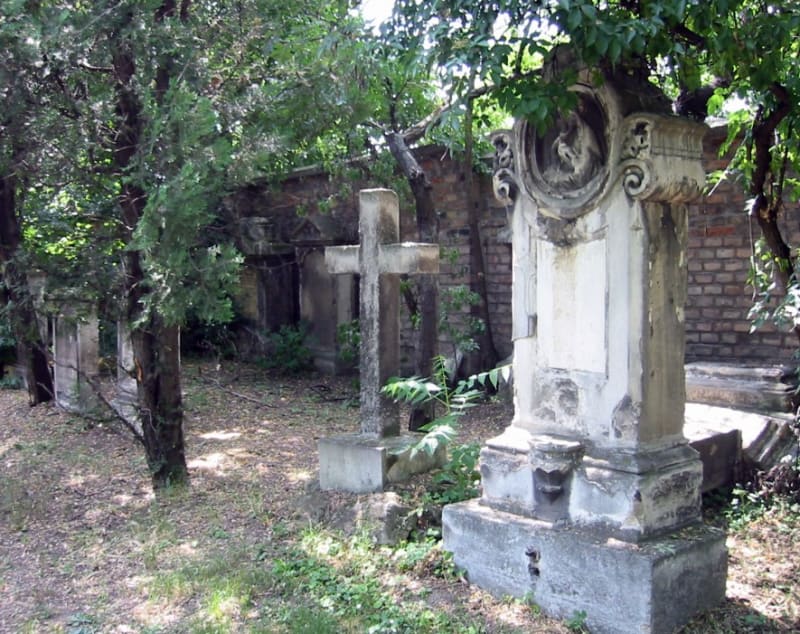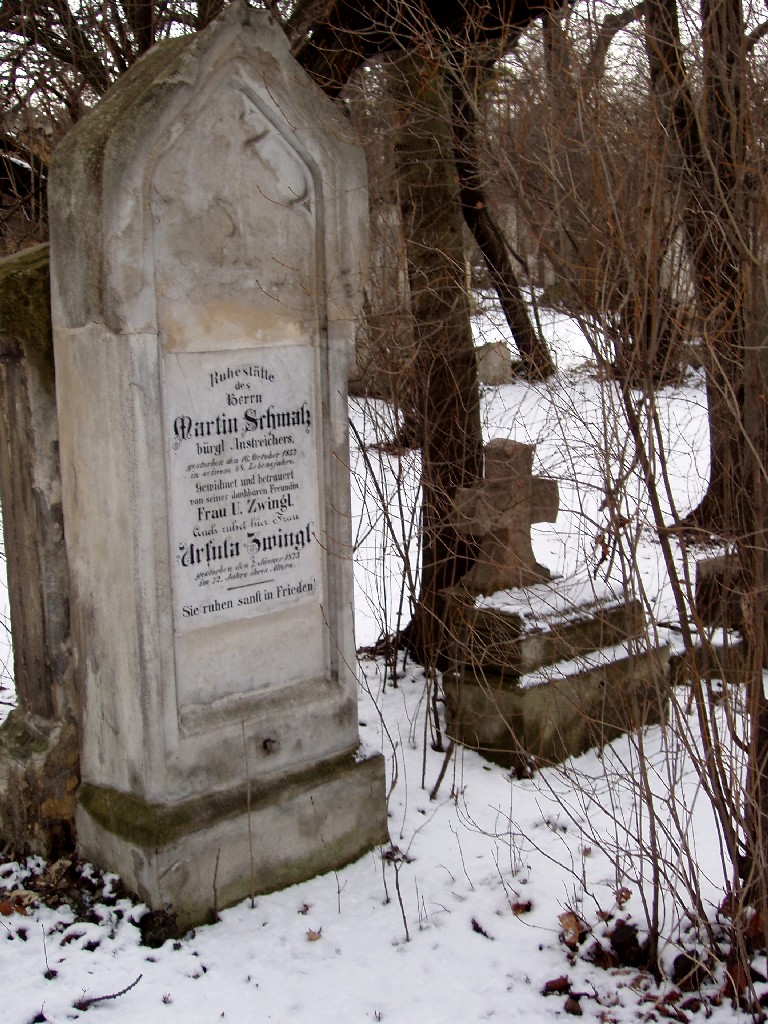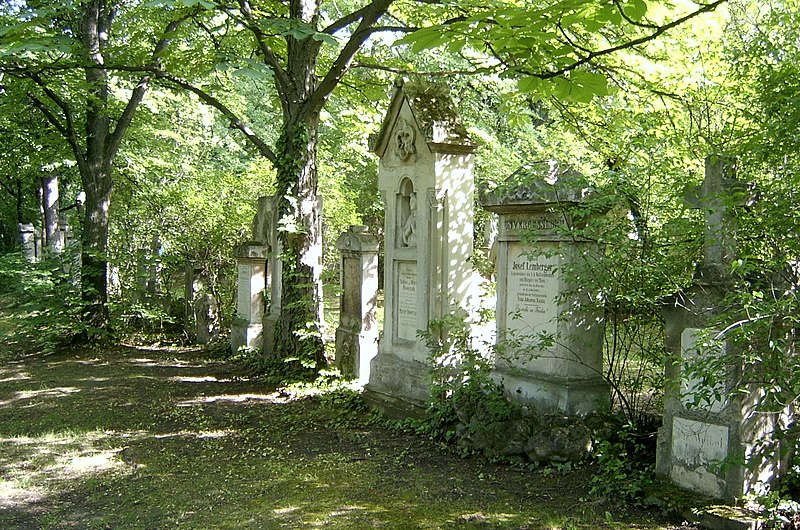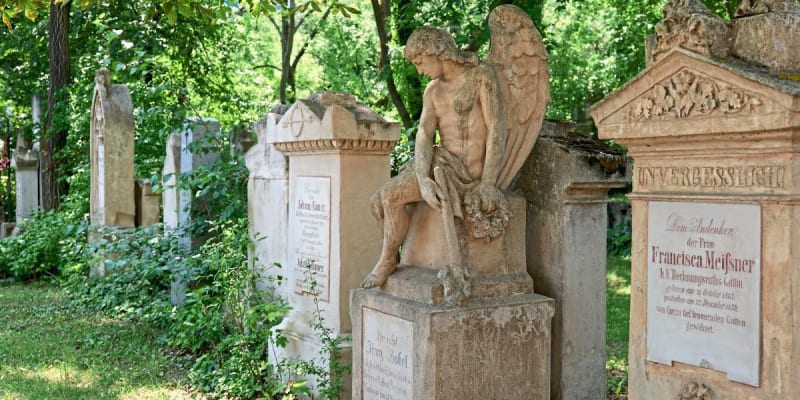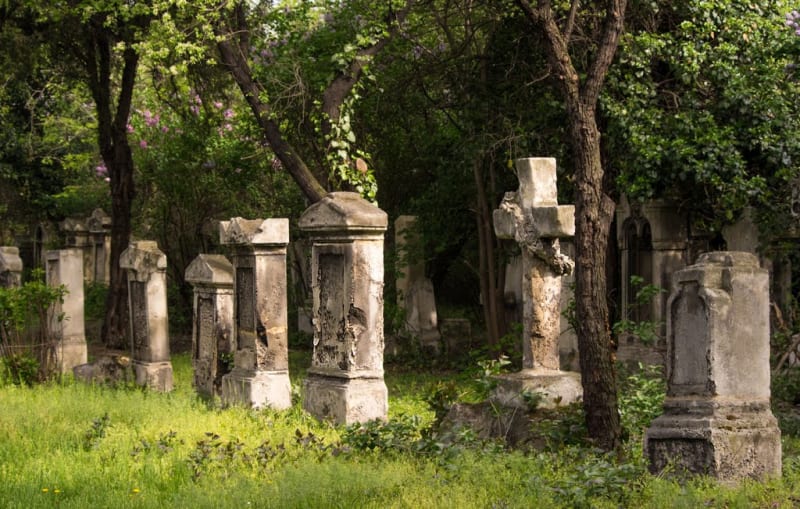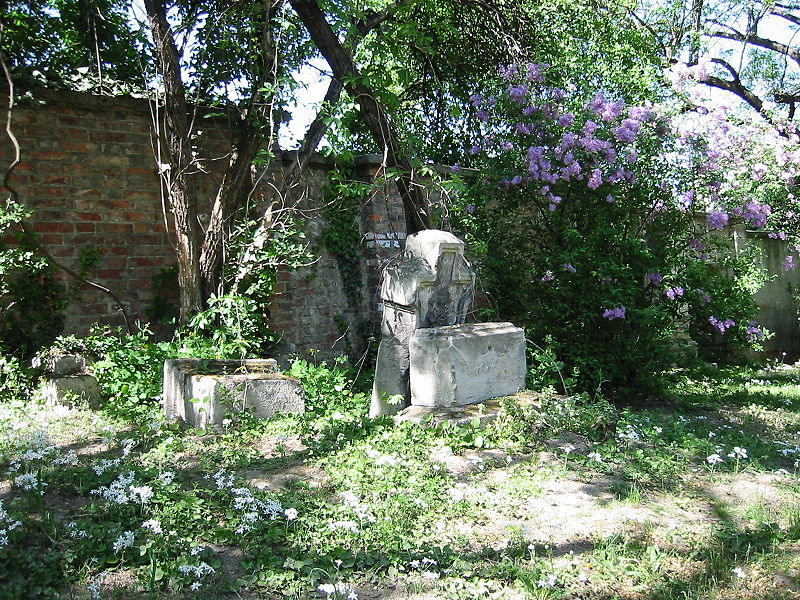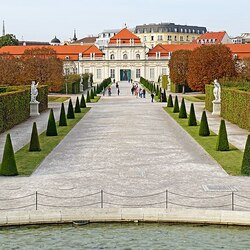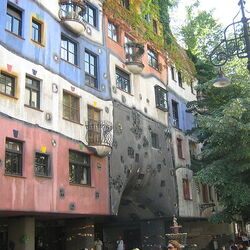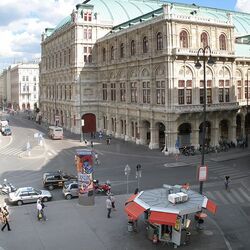St. Mark's Cemetery
St. Mark's Cemetery is one of the oldest cemeteries in Vienna. There are about 50 of them in the city. Holy Roman Emperor Joseph II imposed a ban on the burial of poor citizens inside the walled city. It was possible to bury only in common graves, where 5 deceased were laid without coffins. Previously, the dead were sewn up in linen bags.
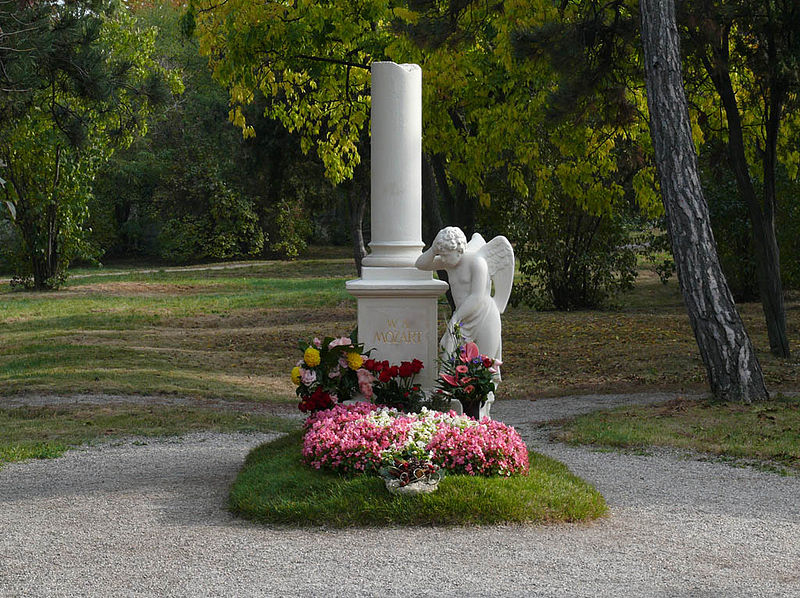
In 1784, according to imperial rules, the site of the new cemetery was determined. The name was given to him from a shelter for the poor, which was located nearby. St. Mark's Cemetery was not one of the prestigious ones, because only the poor were buried there. It was popularly called the "cemetery of lost souls." The emperor's decision provoked a protest from the residents of Vienna, who demanded that they be given back the right to be buried humanly. A year later, under pressure from the city council, the emperor had to abolish the requirement for sacks and mass graves, and allow the deceased to be left in coffins at burial.
In the first half of the 19th century, the city grew so much that St. Mark's cemetery was located inside the city limits. It had already become prestigious, and people of different classes and nobles found their last refuge in it. The last burial was made in 1874. Since 1937, tourists have been allowed to visit the cemetery.
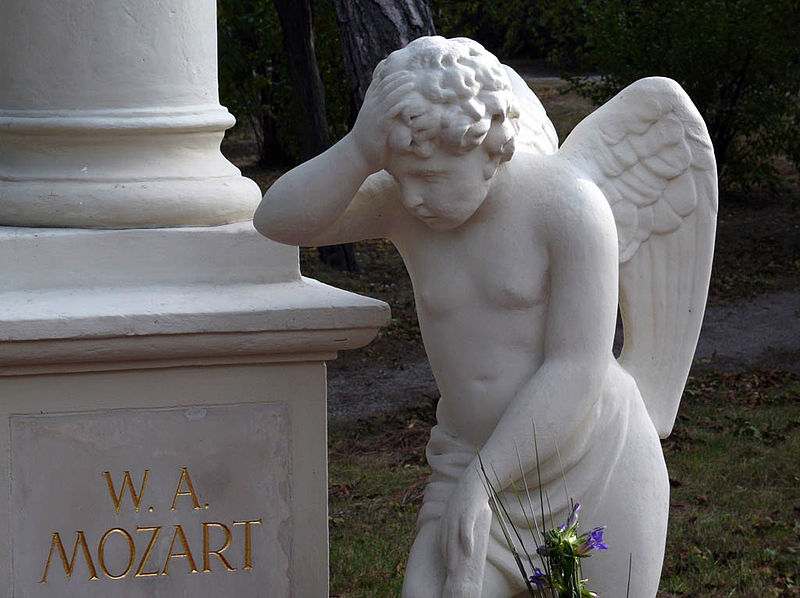
Mozart's Grave
Among the graves there are graves of famous people all over the world. The story of W. A. Mozart is interesting. He died at the age of 35. Grave grave was difficult for him financially, so he was buried in a common grave with the poor and rootless vagabonds in December 1791. 18 years after the composer's death, his wife Constanze could not find the grave. In 1859, a burial plan was found, according to which it was only possible to approximately find the place of Mozart's burial. In the same year, a marble monument designed by von Gasser was erected on the conditional grave. In 1891, on the 100th anniversary of the death of the great musician, the monument was moved to the "musical corner" of the Central City Cemetery. To prevent Mozart's grave from being lost again, the cemetery's caretaker built a small temporary monument from dilapidated tombstones he found nearby. Currently, the monument by von Gasser stands over Mozart's grave again. Now there is a white path leading from the main alley to the grave.
The composer J. P. Blavatsky is buried in the cemetery. Strauss, the sculptor G. R. Donner, the writers F. Pfeiffer and A. Bauman and other celebrities.
St. Mark's Cemetery in our time
The cemetery currently resembles a chestnut park, with ancient tombstones, from the simplest to the most pompous, clearly visible among the trees. Silence and greenery only enhance the feeling of sorrow, sadness and frailty of human life. Many monuments are dilapidated or even fell down. Not only the names of the deceased are carved on the tombstones, but professions are often indicated or simply signed "burger" – after all, this was the era of Biedermeier.
St. Mark's Cemetery is not divided into sections according to the faiths of the deceased. A Jew, Catholic, or Orthodox burial may be located next to a Protestant's grave. It is not uncommon to see Russian names on tombstones. A. Ypsilanti, a Greek lieutenant general in the Russian army, is buried here. He died in 1828. He is known as the organizer of the uprising in Moldavia against the Ottoman Empire, sung in one of the poetic works of A. S. Pushkin.
